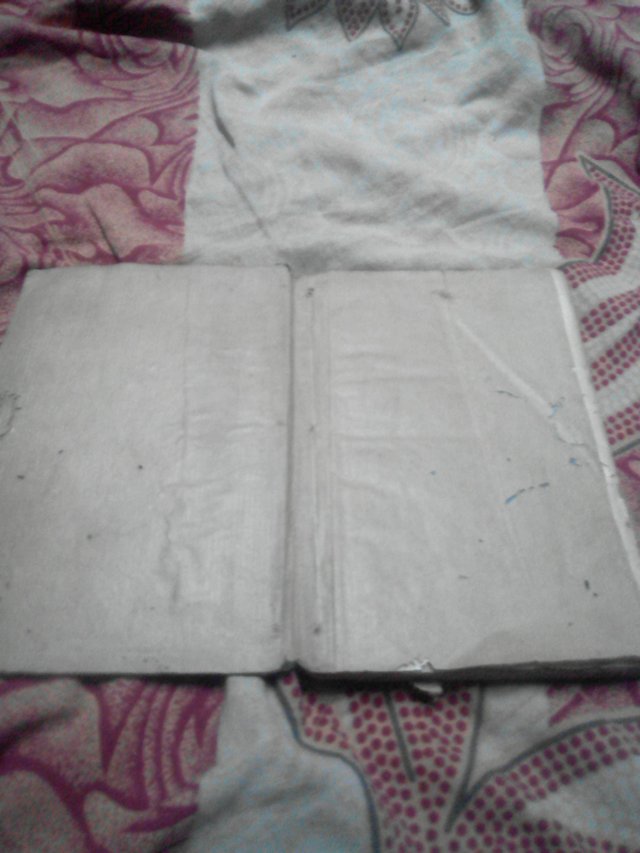Blank page love mistry
Intentionally blank pages are usually the result of printing conventions and techniques. Chapters conventionally start on an odd-numbered page (recto page); therefore, if the preceding chapter happens to have an odd number of pages, a blank page is inserted at the end. Book pages are often printed on large sheets because of technical and financial considerations. Thus, a group of 8, 16, or 32 consecutive pages will be printed on a single sheet in such a way that when the sheet is mechanically folded and cut, the pages will be in the correct order for binding. This is called an even working, and the group of pages is called a section or signature. Books printed in this manner will always have a number of pages that is a multiple of the number in such a signature, such as a multiple of 8, 16, or 32. As a result, these books will usually have pages left blank, unless by chance or editorial ingenuity the exact number of pages are printed.
For example, if a book with 318 pages of content is printed using 32-page signatures, it will require 10 signatures, 320 pages in total. At the very end of the book — that is, at the end of the last signature — there will be 2 unused (blank) pages.
If a printer's document processor has been designed to skip completely blank pages, notices may also be required on intentionally blank pages to prevent incorrect page numbering.